Government lapse exposed flaws in safety systems.

When the 2025 federal shutdown hit the United States, its effects rippled far beyond furloughed workers and stalled offices. It deepened vulnerabilities in food safety, animal welfare and the entire chain that links farm to table and farm to pet. Oversight inspections slowed, regulatory updates stalled and critical monitoring programs paused. As we move through each of the 12 ways this disruption played out, you’ll see how gaps opened and what “safe” really means when the machinery set up to protect it breaks down.
1. Routine food facility inspections were suspended.
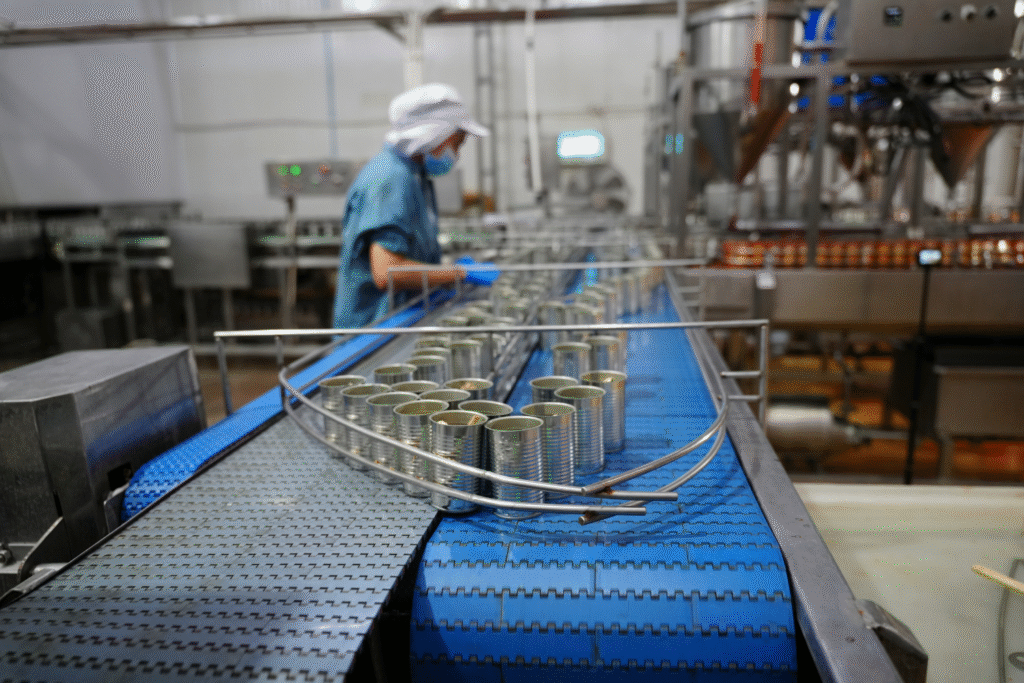
Because many federal workers were furloughed, the Food and Drug Administration’s routine inspections of food production facilities were put on hold, as reported by Civil Eats. That means for weeks large-scale processing plants may have operated without the usual number of federal inspectors on site. The delay also affects the ability to follow up on prior issues that were flagged but required ongoing oversight.
When inspections stop in normal times you see problems like sanitation lapses or equipment failures go unresolved. With a shutdown backed pause the risk grows that small issues escalate into larger ones. This gap in oversight weakens the food safety net at the very moment when federal systems should be at full strength, making what is supposed to be routine far more precarious.
2. Animal welfare enforcement at breeding facilities ceased.
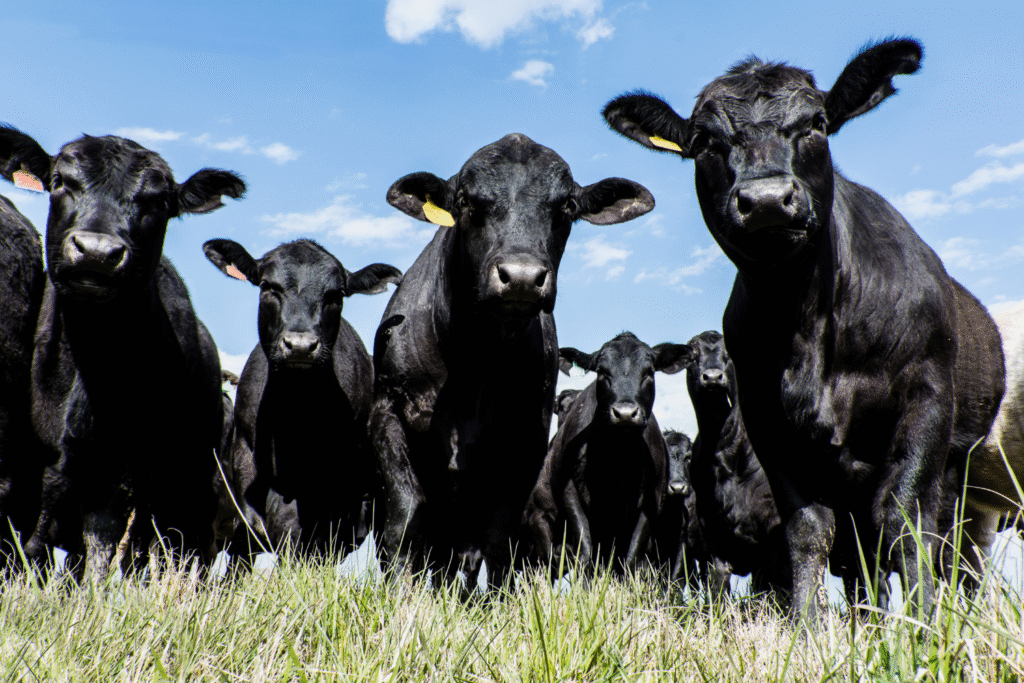
During the shutdown the United States Department of Agriculture announced that all routine inspections of facilities licensed under the Animal Welfare Act would stop until funding resumed according to the ASPCA. That means commercial animal-breeding operations were left without federal inspectors verifying basic standards such as water access, space, or health checks. Some facilities that relied heavily on APHIS oversight found their regulatory lifeline cut.
Without consistent inspections the risk to animals rises sharply. Neglect, disease and mistreatment can spread faster when oversight drops. For pet owners, consumers and farms alike the shutdown exposed how much daily welfare depends on a consistent government presence rather than occasional checks alone. This hole in animal oversight ties directly into food safety since animals and their welfare matter for meat, dairy and broader context.
3. Foreign food import inspections plunged to historic lows.
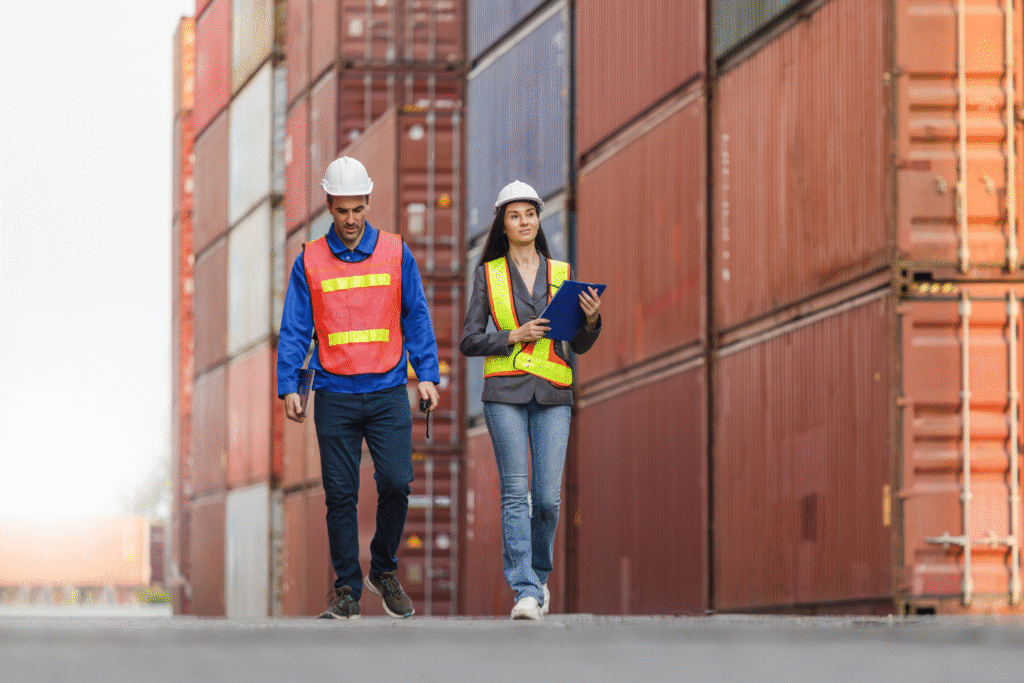
The number of overseas food facility inspections conducted by the FDA plummeted this year, as discovered by ProPublica. That decrease means that many imported foods—fresh fruits, seafood, processed items—entered the U.S. market with far less scrutiny than prior years. These inspections are vital because oversight abroad plays a key role in preventing pathogens, contamination and unsafe food practices that affect domestic consumers.
When foreign inspections fall sharply the vulnerability of the supply chain increases. In a shutdown scenario the stress on existing domestic inspections grows because resources shift and gaps appear. Consumers may not realise how much their food security relies on inspections that occur thousands of miles away. The disruption underscores interconnectedness: what happens overseas can land on your plate.
4. Slowdown in outbreak surveillance and response jeopardised public health.
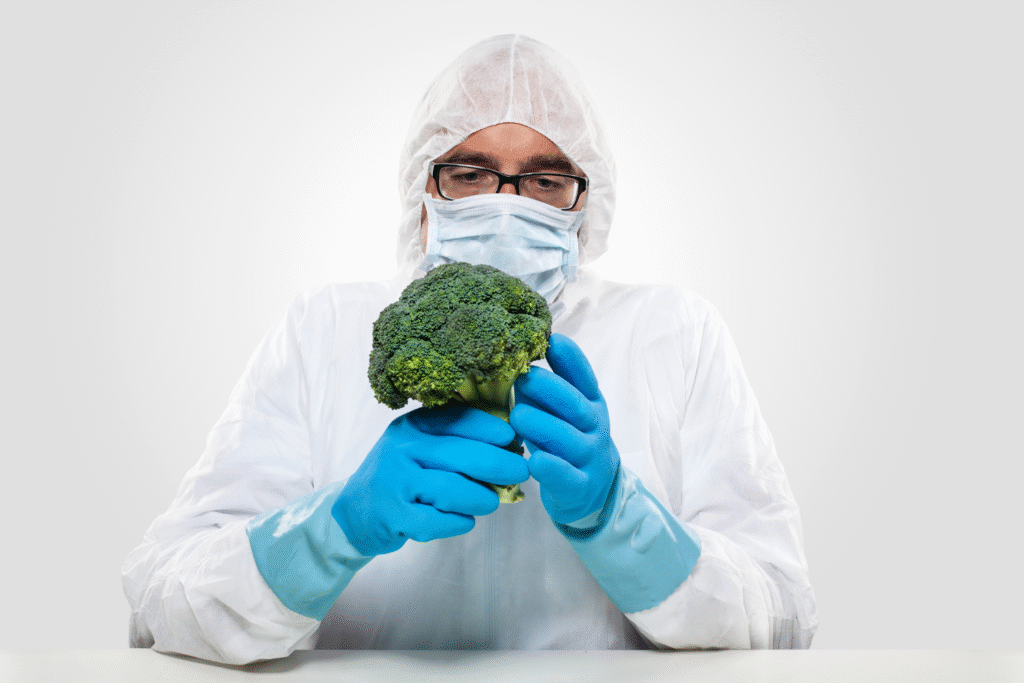
With agency staffing reduced, disease tracking and response programs slowed, making it harder to quickly trace outbreaks of foodborne illness. A delayed response raises the likelihood that harmful bacteria or viruses spread before interventions can occur. As the shutdown dragged on the routine monitoring that helps protect our meals became less reliable, undermining trust in the system.
When tracking systems stall the results show up downstream—in longer investigations, bigger recalls and more widespread risk. For someone hosting a dinner meal or feeding a family that means added uncertainty. The shutdown exposed that our safety cushion is only as strong as the people doing the monitoring, and when they are absent the risks grow quietly.
5. Meat and poultry slaughter inspection systems faced funding gaps.

The USDA’s Food Safety and Inspection Service (FSIS) indicated that states cooperating with federal meat inspection programs might run out of support if the shutdown continued. Without state funding the federal safety net weakens, leaving gaps in monitoring slaughterhouse operations and meat processing. If oversight falters at slaughter the raw materials that become our grocery items are at risk.
For everyday shoppers that means a chance, however small, that animal welfare standards, contamination prevention or traceability might be compromised. The shutdown highlighted that these processes operate smoothly only when funding, staffing and coordination are active. When any one element drops the chain creeps closer to failure.
6. Animal disease surveillance was scaled back at the worst time.

Federal monitoring of livestock health and outbreaks of animal diseases were curtailed during the funding gap, leaving farmers, ranchers and animal health professionals with fewer resources. Since animals feed the human food system, gaps in disease surveillance in farms raise dual risks: to animal welfare and to food safety. Without early warning systems, disease containment becomes harder and more expensive.
Complicating matters further, animals raised for food or exhibition travel across states and commodities. The shutdown made it harder for agencies to issue guidance quickly, inspect vulnerable facilities and support rapid response teams. When livestock systems falter the ripple reaches far beyond farms into supply chains and public health.
7. Regulatory rule-making and safety updates ground to a halt.
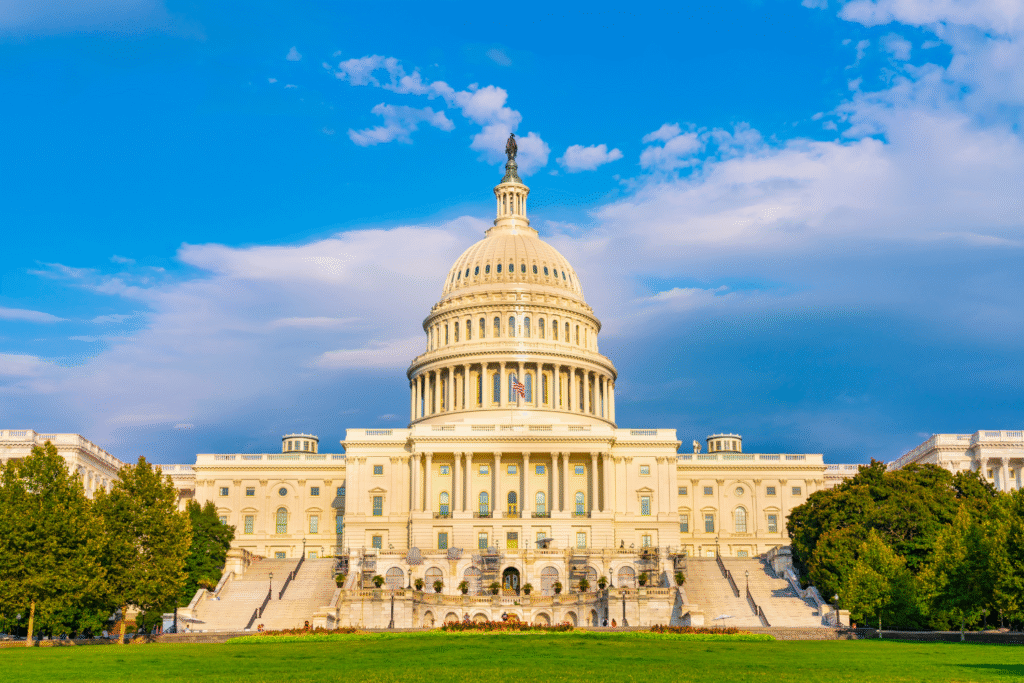
Even while major agencies remained funded, work on new food safety rules, traceability standards and animal welfare reforms paused as budgets froze. That means evolving threats—new pathogens, changing supply chains, novel production methods—met a system that lacked forward progress. With innovation stalled the system becomes more reactive than proactive.
For consumers this means the protections you rely on may lag behind the risks emerging in real time. When rule-making stops the regulatory shield weakens. In practical terms changing production models, international sourcing or new dietary trends may move faster than oversight adapts.
8. Furloughs eroded institutional knowledge and expertise.

Thousands of federal workers were furloughed during the shutdown, including long-time inspectors, scientists and program staff. The loss of personnel interrupts built-in expertise, institutional memory and relationships that help identify threats early and keep the system cohesive. Rebuilding that human network takes time and slows recovery even after funding resumes.
The effect of losing key staff shows up in subtle ways—in slower responses, less coordination and fewer proactive investigations. For someone buying food or trusting a pet food label, it means the strength of protection depends on people—and those people were partly absent. The shutdown exposed that systems rely not just on rules but on experienced people who apply them.
9. Food traceability programs lost momentum during suspension.

Work on traceability—linking food items from farm to table and animal feed to source—was interrupted during the shutdown. Because tracking systems require data, staffing, updates and audits, the pause meant steps backward in how food movements are monitored. Without strong traceability the chain from farm production to supermarket shelf becomes weaker.
The weakness in traceability can delay recalls, blur source identification and increase risk to consumers. For example when a pathogen is found in a batch of lettuce or meat the ability to quickly trace its origin may be compromised. The shutdown turned what is usually a quiet functional system into a vulnerable gap.
10. State and local inspection partners lost federal support.
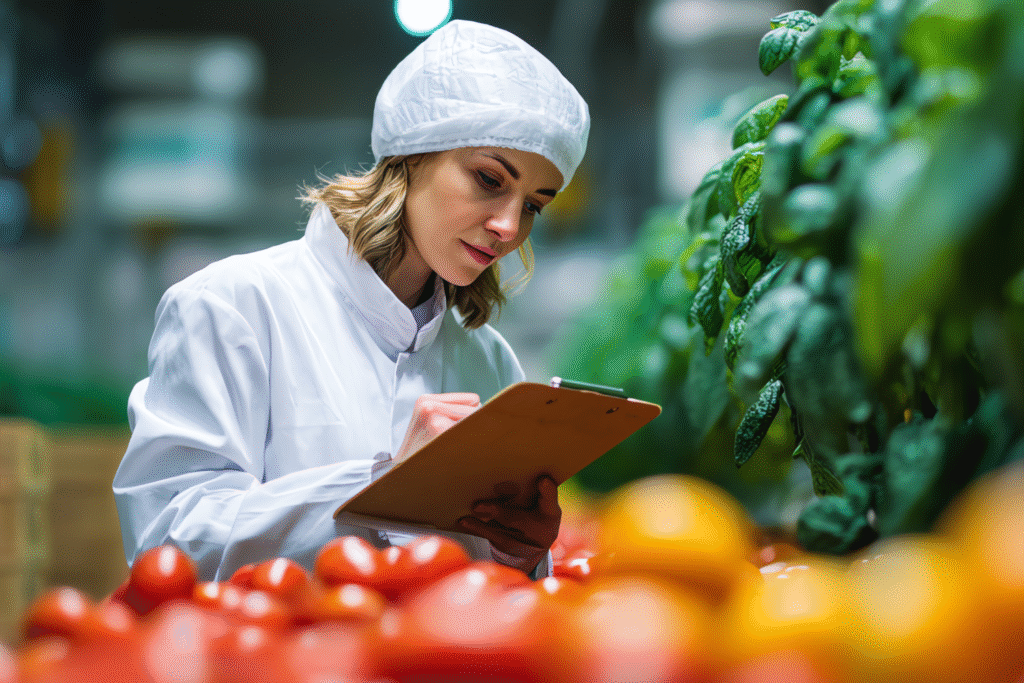
Many state and local food safety and animal welfare programs depend on federal funding, training and coordination. During the shutdown that support dropped or stopped, leaving local inspectors with fewer resources and less guidance. The gap at the local level shows how national shutdowns trickle down to everyday places where food is grown, processed and sold.
For a mom checking grocery labels or a farmer raising animals it means local oversight may have been thinner. Although states work hard, when federal coordination falters the weakest links grow more exposed. The shutdown revealed that national systems are only as strong as their local partners.
11. Consumer complaints and whistleblower channels stalled.

With agencies under staffing pressure and budgets paused, the ability to respond to consumer complaints or whistleblower reports on food or animal practices was reduced. That means concerns about unsafe meat, contaminated produce or animal mistreatment may have lingered longer without action. These channels often provide early alerts to bigger problems.
When complaint mechanisms slow down the warning system dims. Catching risks early depends on people being able to report issues and be heard. The shutdown hindered that flow of information, making it harder for problems to get flagged before they grow. Consumers rely on that early warning system and this pause weakened it.
12. Supply chain resilience weakened across food and animal sectors.
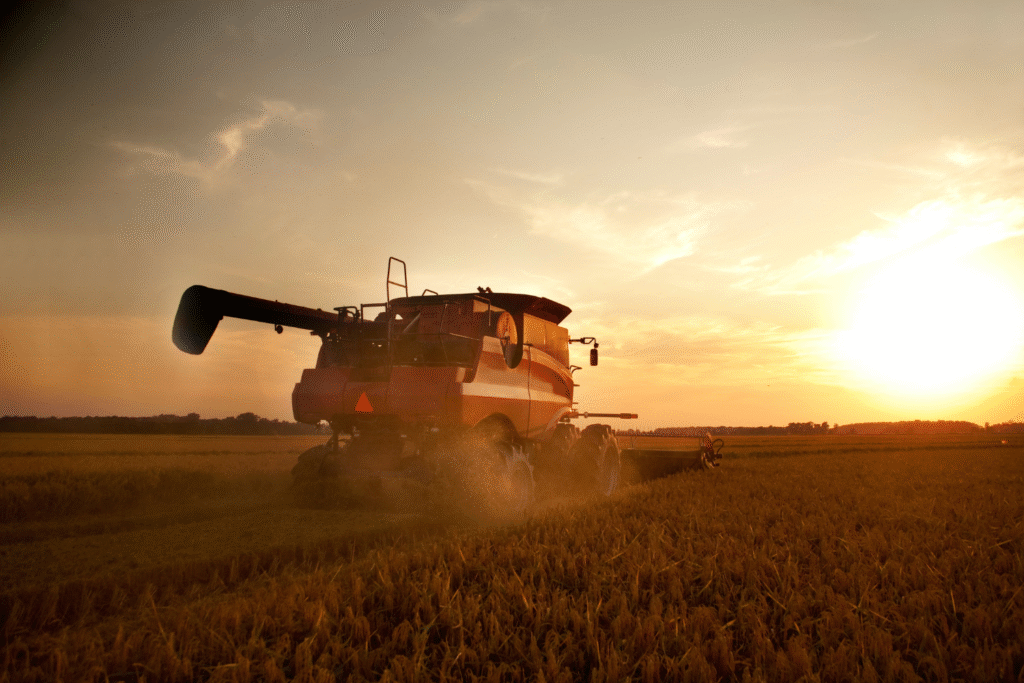
Finally, the shutdown exposed how fragile the supply chain really is—from farm feed to animal transport, slaughter, processing, food packaging and retail. With oversight gaps, staffing cuts and slower response systems the chain lost some of its resilience just when global pressures are high. When one link weakens the whole system wobbles.
This matters for every plate of food and every pet treat purchased in stores. Reduced resilience means delays, larger recalls, higher risks of contamination and less flexibility in dealing with disruptions. The shutdown taught us that safety systems must be maintained continuously—not just when convenient.
